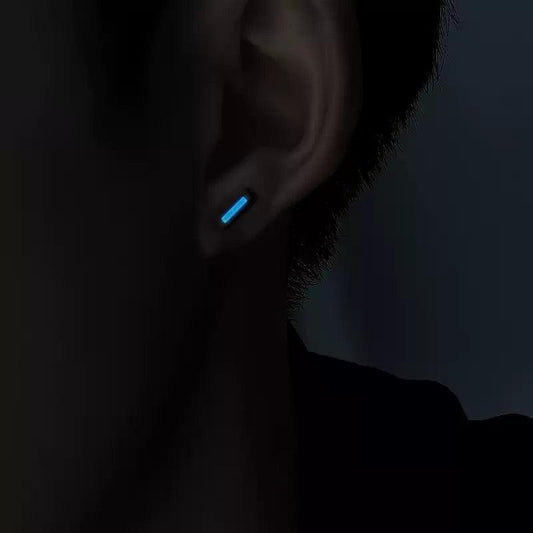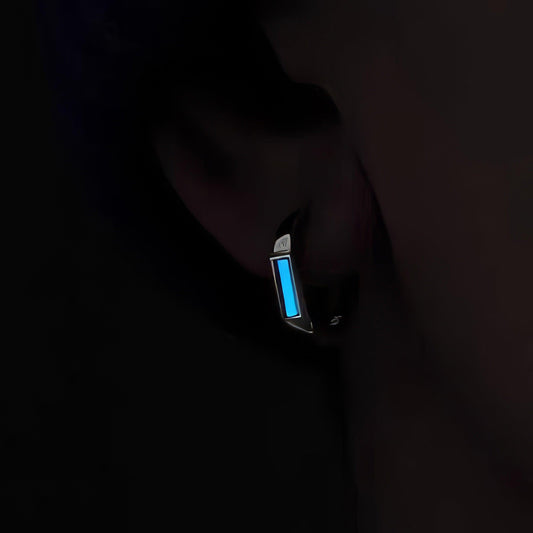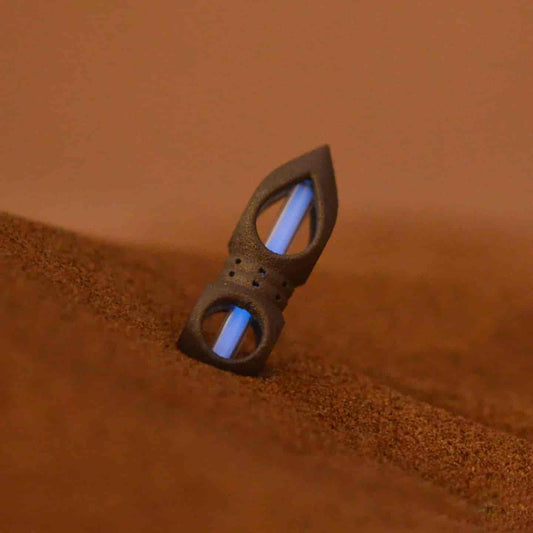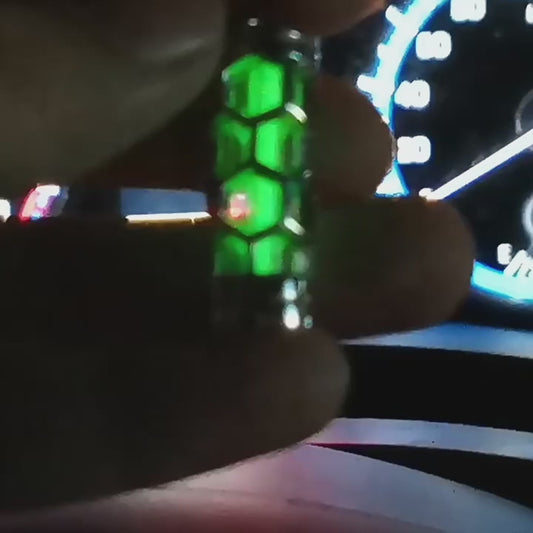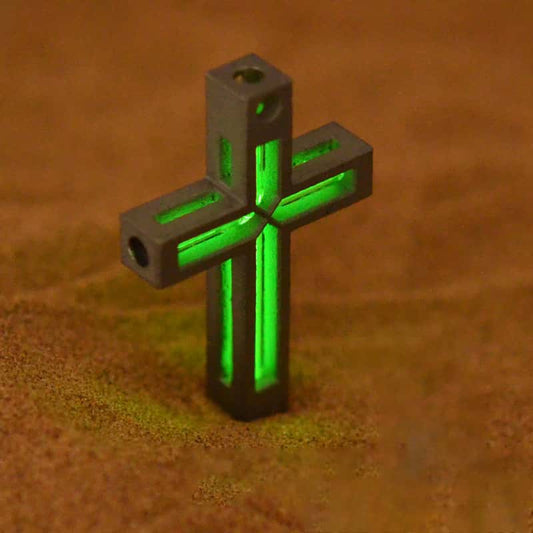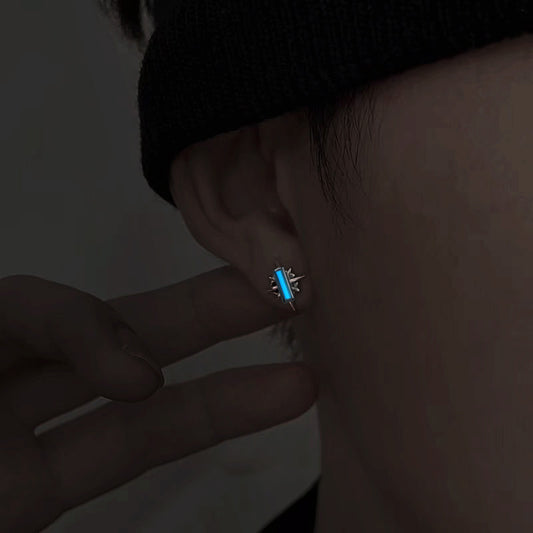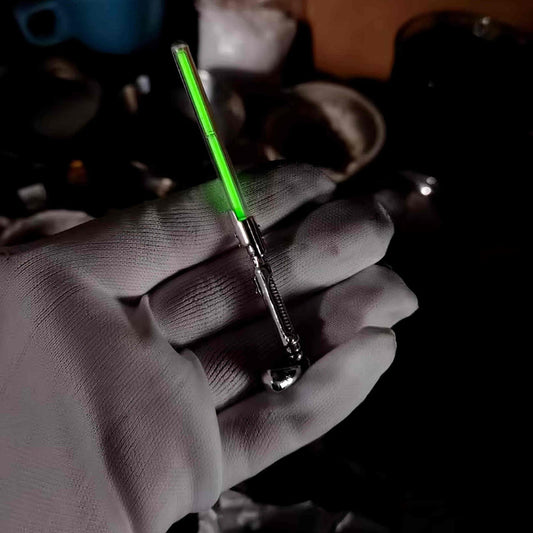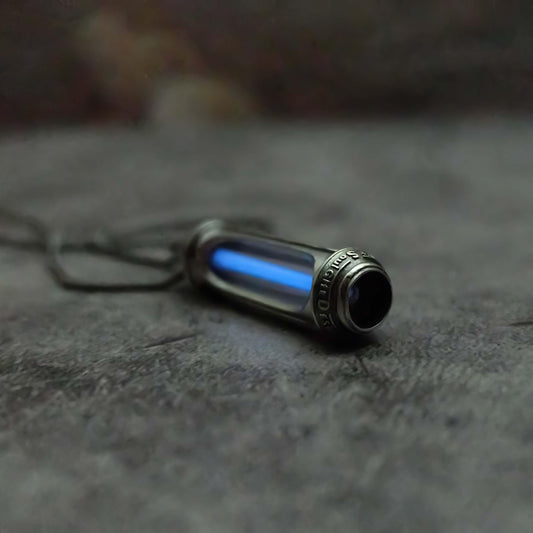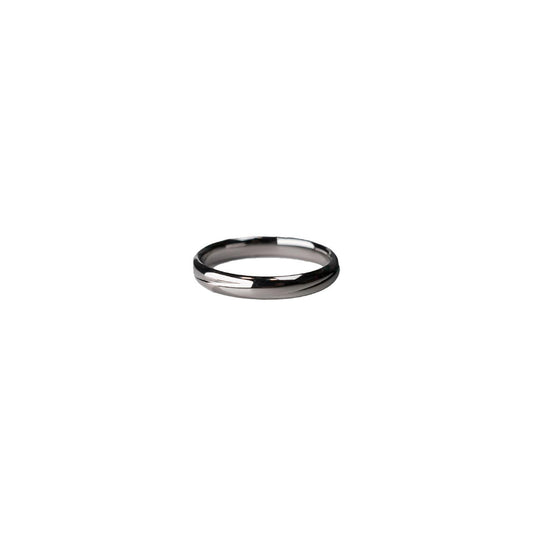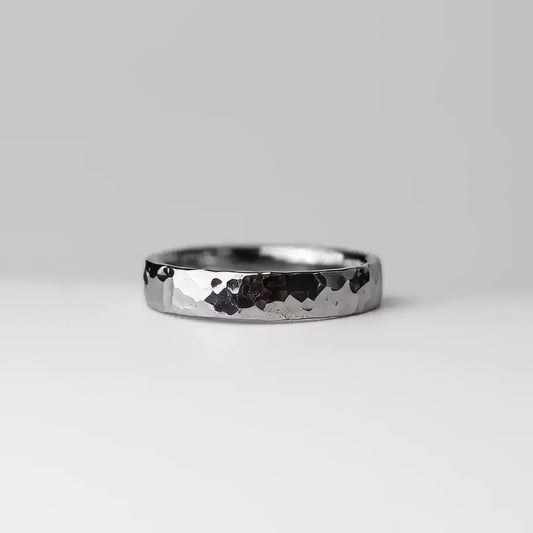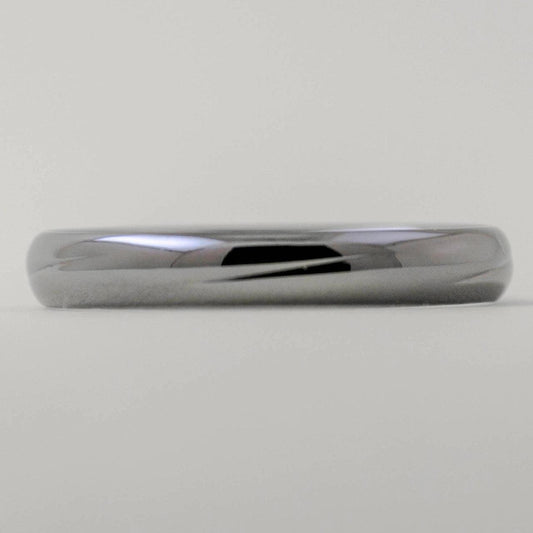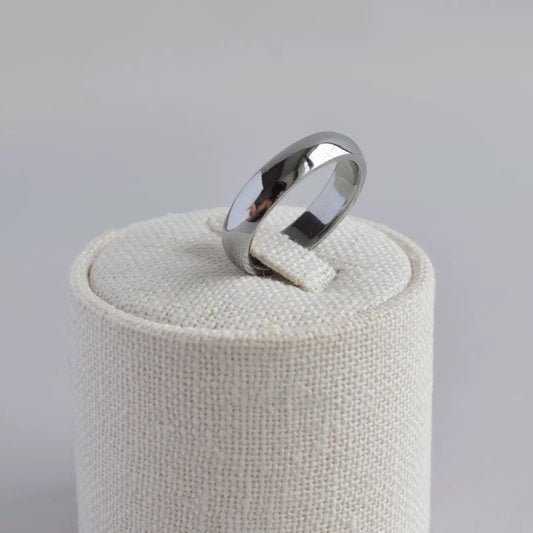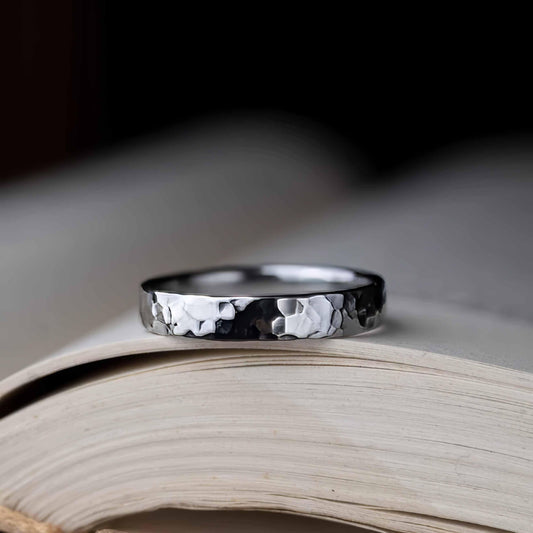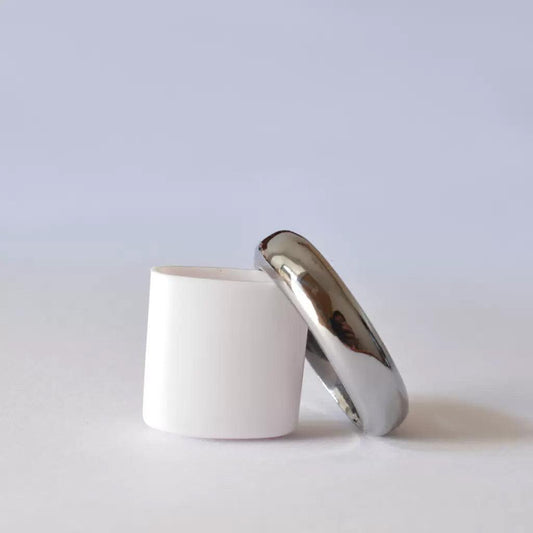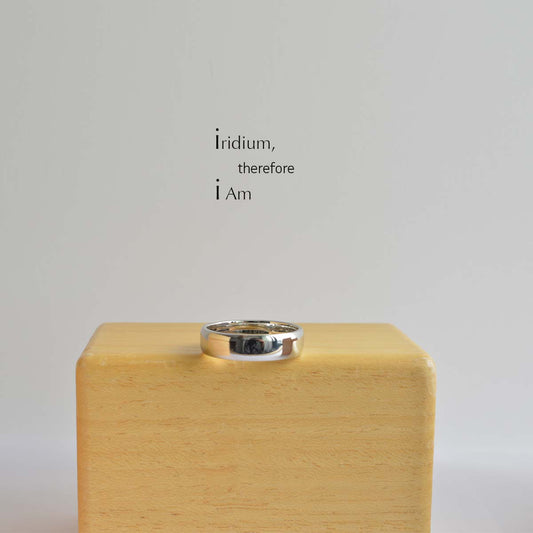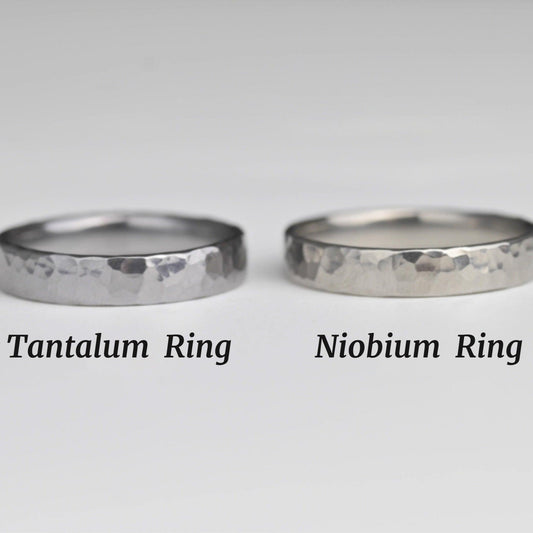The Allure of Wedding Band Materials Finding the Perfect Symbol of Love
The Allure of Wedding Band Materials Finding the Perfect Symbol of Love
When my cousin Andrea was getting married last summer, she faced the daunting task of choosing the perfect wedding band. Standing in a boutique downtown, surrounded by glistening options, it hit me how much more there is to wedding bands than just picking the first shiny one that catches your eye. The material you choose not only impacts the durability and comfort of the ring but also its symbolism and style. Here's what I found out during Andrea’s journey—and what might help you on yours.
Gold has long been the reigning monarch in the world of wedding bands, and it’s easy to see why. Its warm allure and luxurious feel provide a classic choice for those seeking timeless elegance. You might think all gold is created equal, but it spans from the bright gleam of yellow gold to the subtle sophistication of white gold, and even the blush of rose gold. Each variant offers a different aesthetic and can carry unique personal or cultural significance. Andrea’s eyebrows shot up when she learned that the carat weight also determines the gold’s softness, with 18k being more resilient than its 24k counterpart due to the additional alloys mixed in.
Then there’s platinum, the quiet powerhouse of ring materials. It’s rarer and denser than gold, making it a go-to for those who value strength and hypoallergenic properties. There’s something incredibly assuring about its weight, a metaphorical testament to a grounded and solid union. Holding a platinum band felt reassuringly heavy in my hand, much like the sense of commitment it represents. My cousin was drawn to its understated elegance; she liked that it didn’t scream for attention but rather whispered of quiet sophistication.
Titanium and tungsten came into the picture as a modern alternative. These materials are ideal for those with an active lifestyle who need a ring that stands up to the rigors of day-to-day adventures. I remember reading how tungsten rings are scratch-resistant, which is perfect for someone like my partner who’s always tinkering with DIY projects at home. Andrea's fiancé, a lover of the great outdoors, was particularly drawn to titanium. He appreciated its lightweight feel and the fact that it was resistant to corrosion—a practical choice, he said, for anyone who occasionally forgets to remove their ring before diving into the ocean.
The newest trend, though, seemed to be alternative materials like wood or silicone. These bands speak to those seeking something different, something that stands out from the traditional circle of metal. They can echo personal lifestyle choices or align with eco-friendly values. Watching Andrea consider a wood-inlay band, I could see a spark of creativity. It was perfect for her—an artist at heart, she was drawn to the organic texture and the idea of wearing a piece deeply tied to nature.
The choice of material is thoroughly personal. It’s about finding a balance between aesthetic desires, lifestyle needs, and the symbolism you want your ring to carry. As Andrea and her fiancé exchanged their chosen bands on their wedding day—hers a sleek platinum, his a rugged titanium—I realized that each material tells its own story. Whatever material you choose, let it be one that tells yours. And isn’t that what makes a wedding band truly special?
